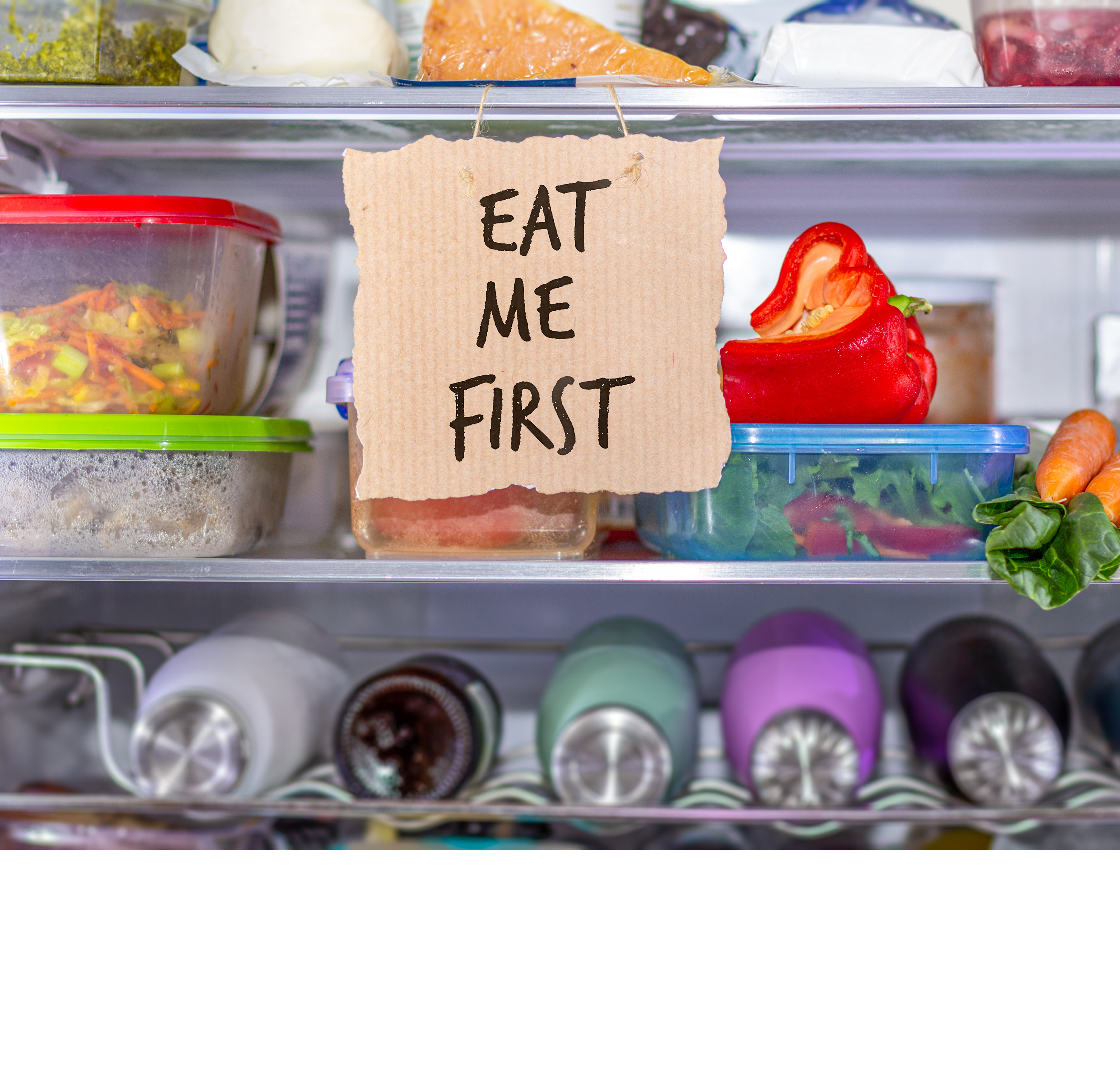How to Organise Your Fridge

Making sure your fridge is well organised is a good way to reduce food waste and also to make sure you don’t cross contaminate your produce. There are many ways to efficiently organise your fridge that don’t involve buying hundreds of new containers – even though that looks very aesthetically pleasing, it can cost an absolute fortune!
First things first, here is how the shelves in your fridge should look:
Top shelf: foods that don’t need cooking, like cooked meats and leftovers. Things like ready-to-eat snacks can also be kept on this shelf!
Middle shelves: this is where your dairy should go! Things like milk, cheese, and yogurt should be tucked away neatly on these shelves. Many people keep milk in the door – try not to, as this is the area of the fridge most susceptible to temperature change and can make your dairy items go off quicker.
Bottom shelf: this is the coldest part of the fridge, so things that need to be well refrigerated should be kept here. Things like raw meat and fish should be placed on the bottom shelf, well wrapped, to avoid cross-contamination.
Drawers: vegetables, salad, and fruit should be stored in their original packaging in this part of the fridge. This is also a good place to store fresh herbs, as they can’t get frozen at the back of the fridge – this makes them go off quicker.
Door shelves: because this is the warmest section of the fridge and most susceptible to temperature fluctuations, store foods that have natural preservatives here. Foods like condiments, jam, and chutneys are the best examples of this.
Now that you know how to organise your fridge, here are a few more tips:
- Make sure to clean your fridge regularly – it is good to get into the corners with an old toothbrush!
- Thaw your fridge regularly to avoid the build up of ice
- Keep certain fruit and veg items out of the fridge – ‘gas releasers’ like avocados. Bananas, nectarines, and tomatoes can make some veggies spoil prematurely
- Never put hot food in the fridge – it can lower the overall temperature of the fridge and cause food to spoil prematurely





